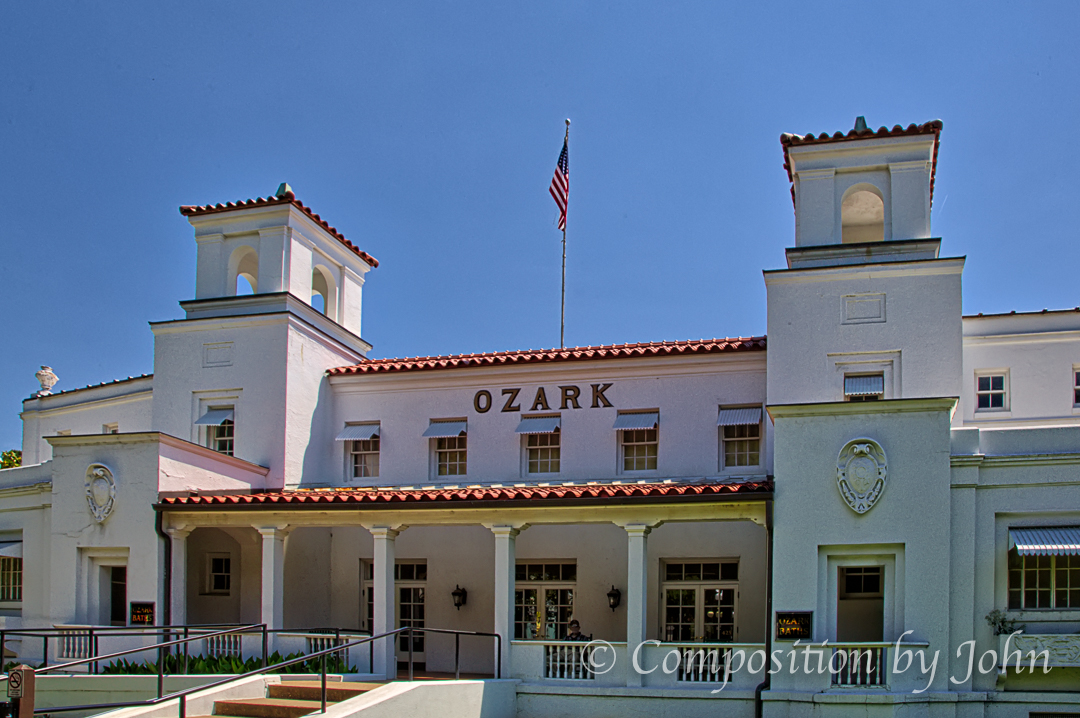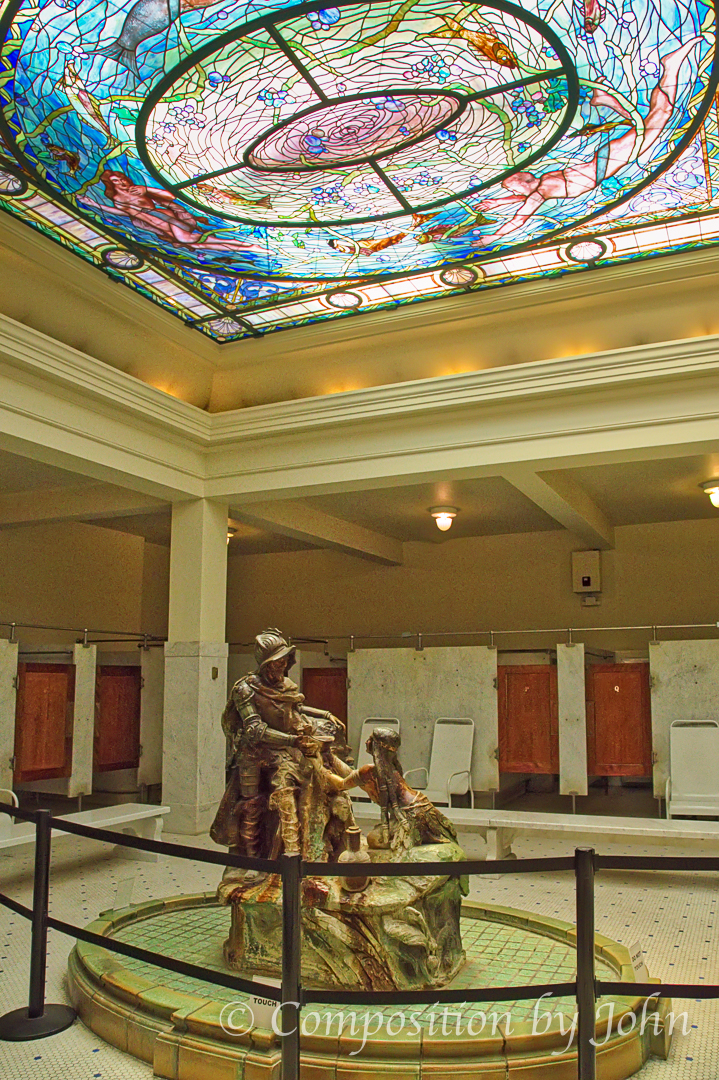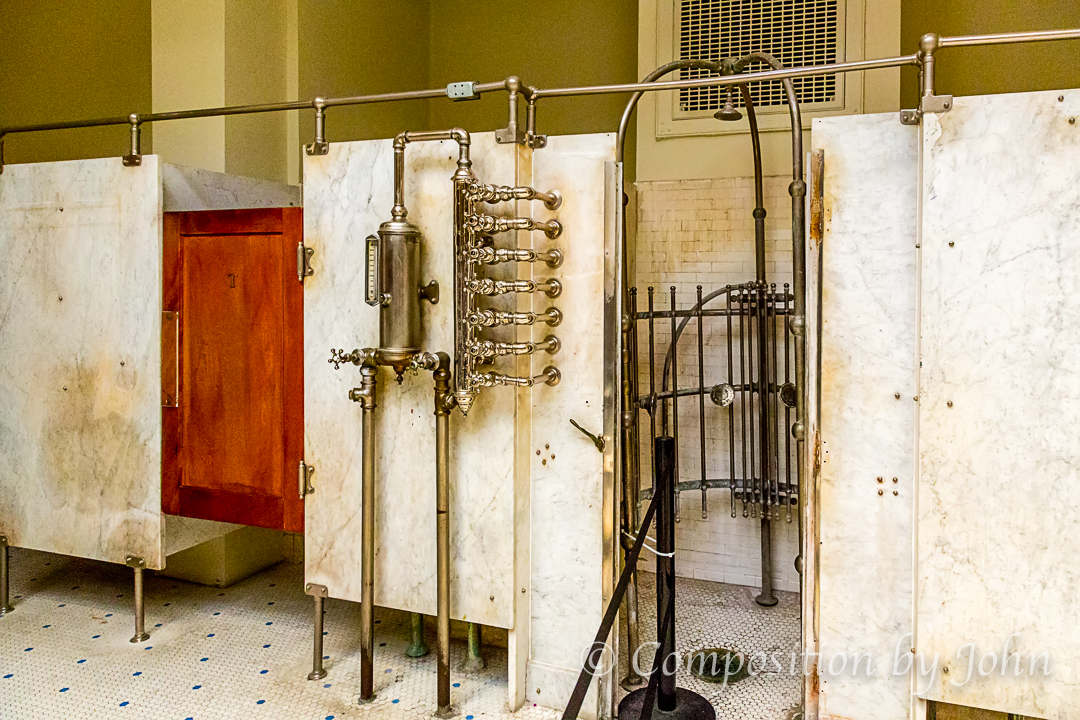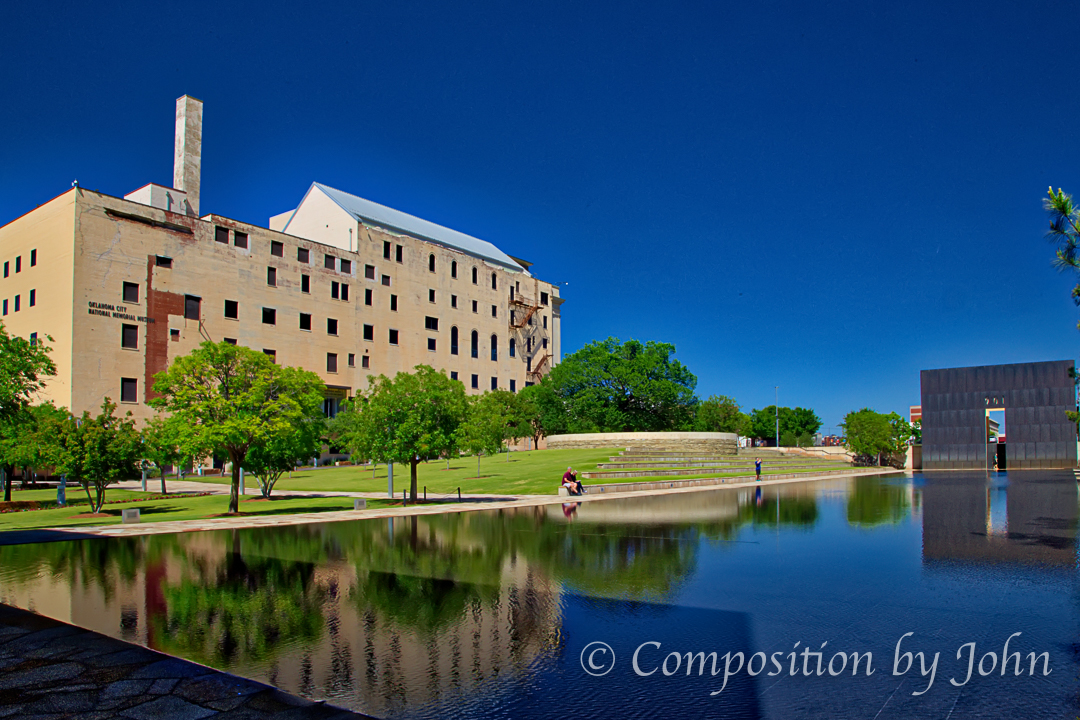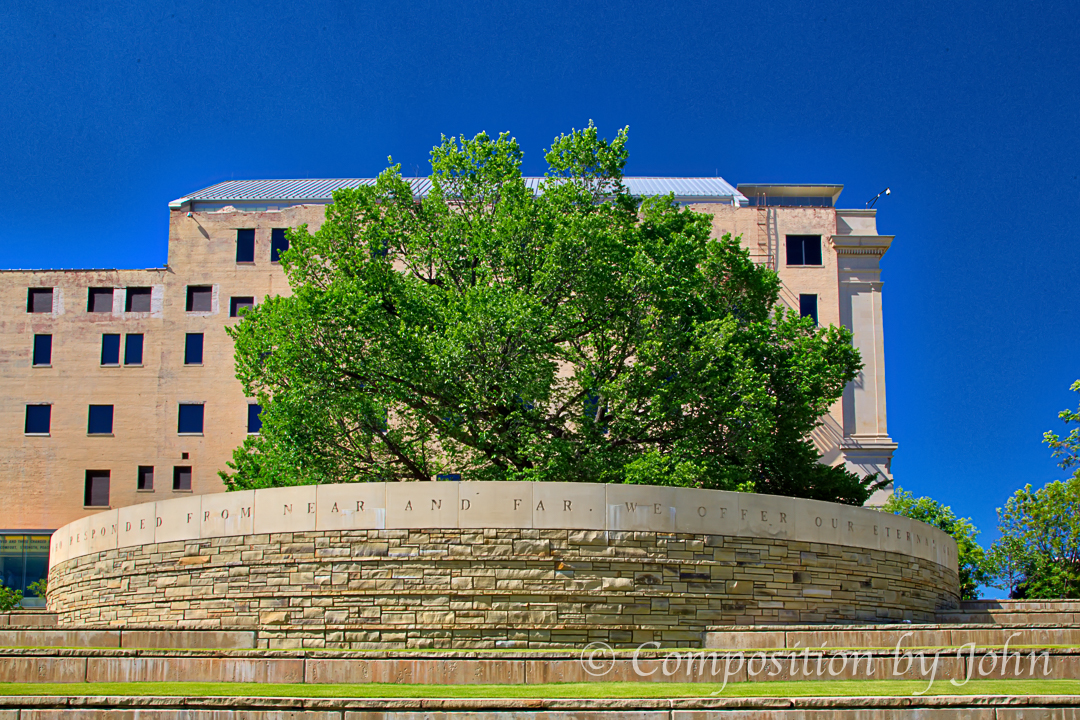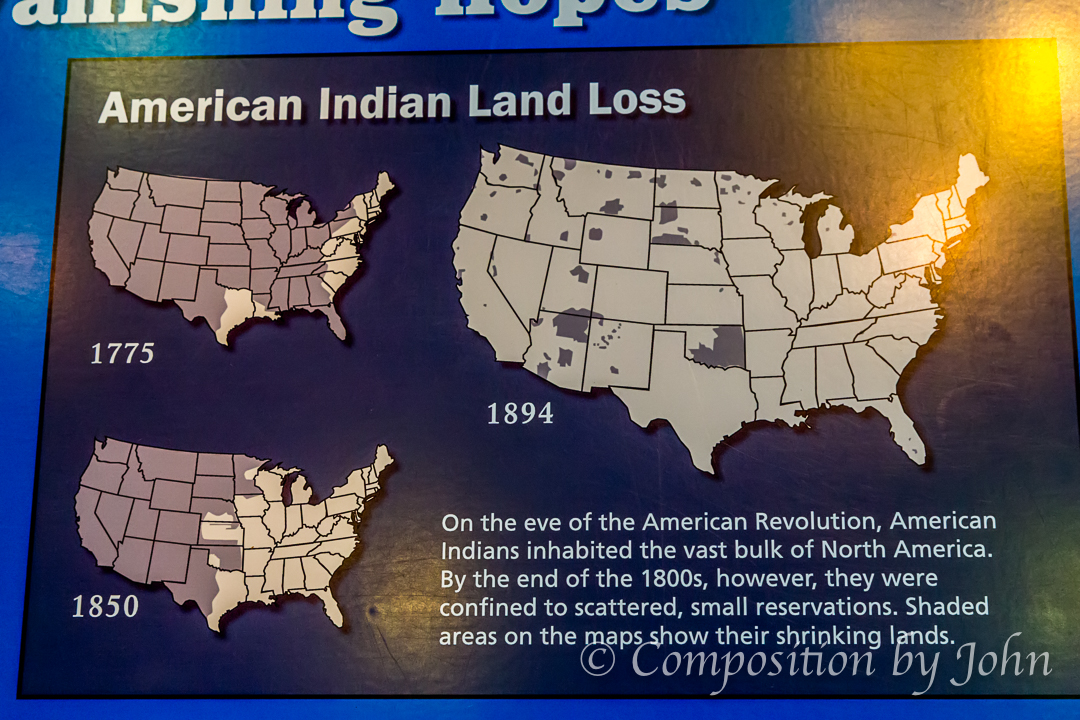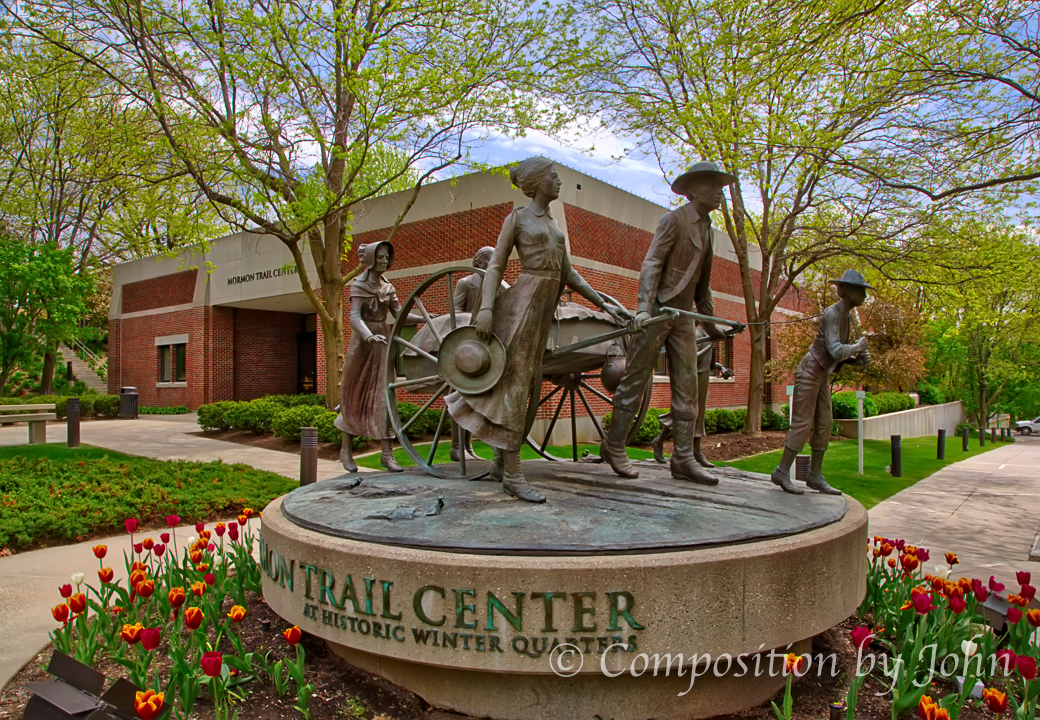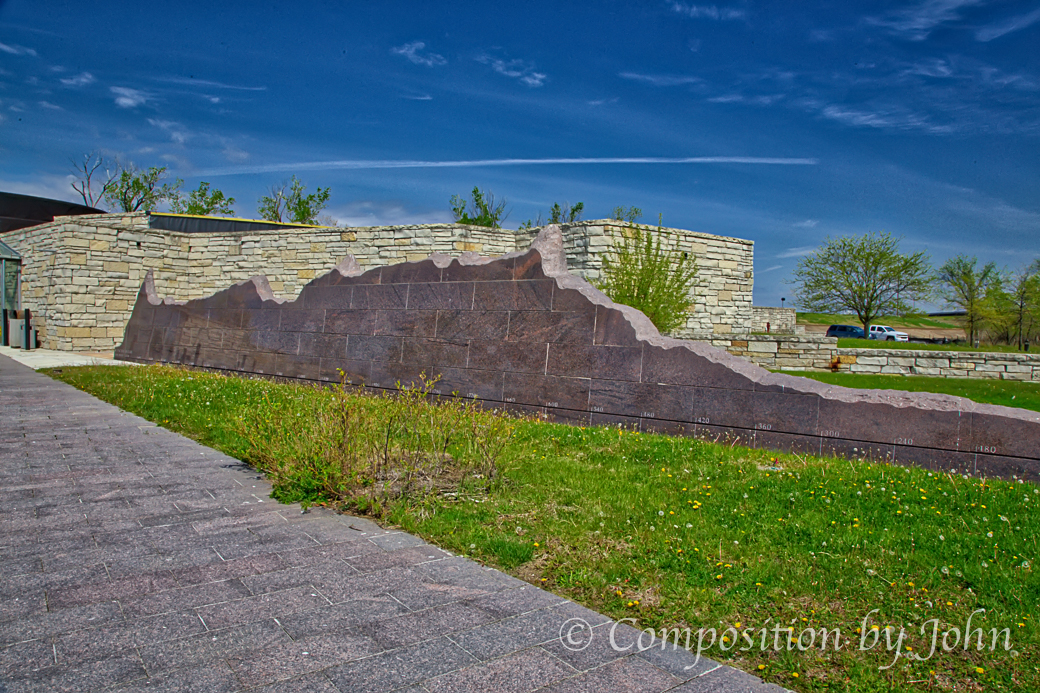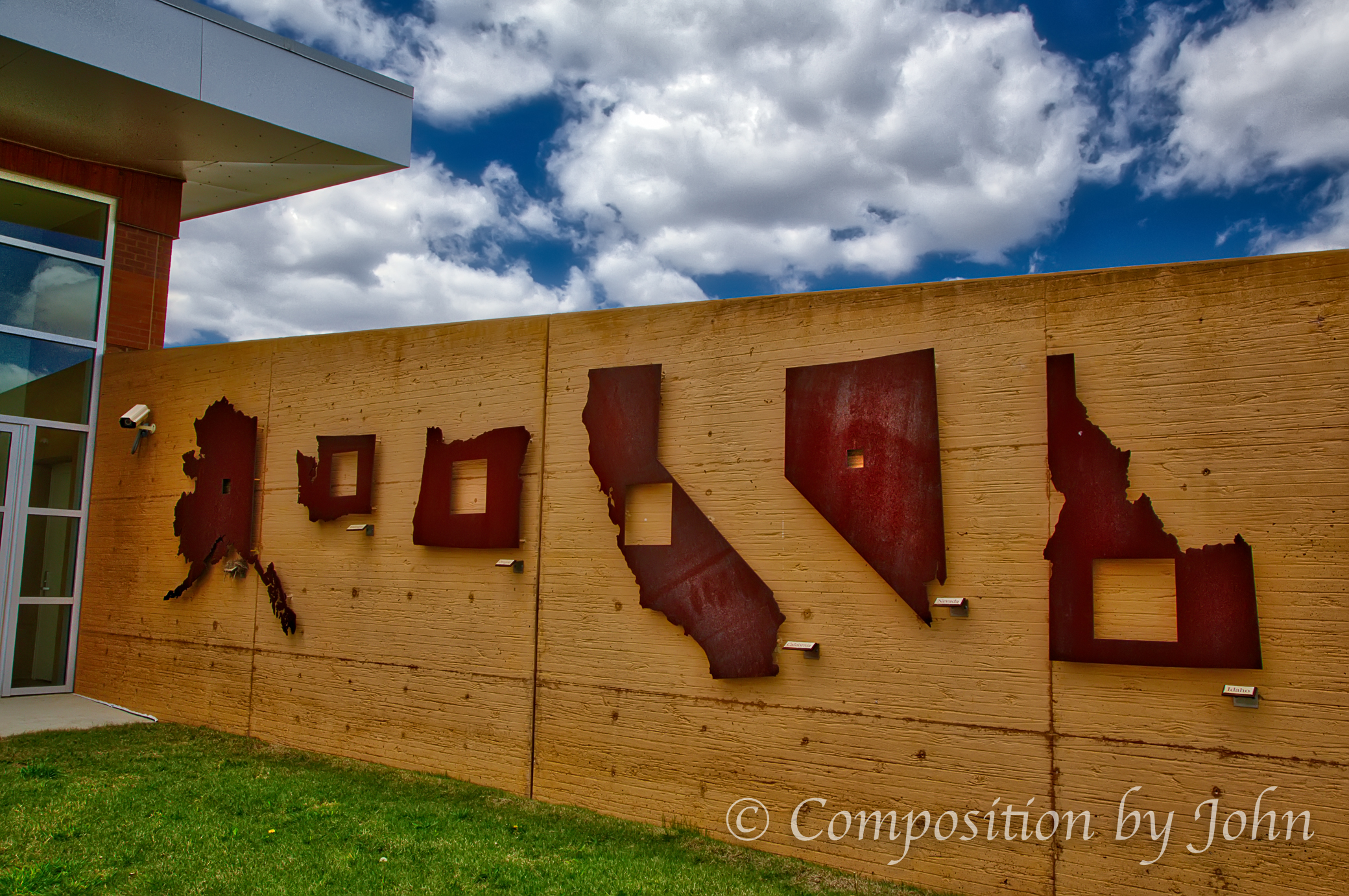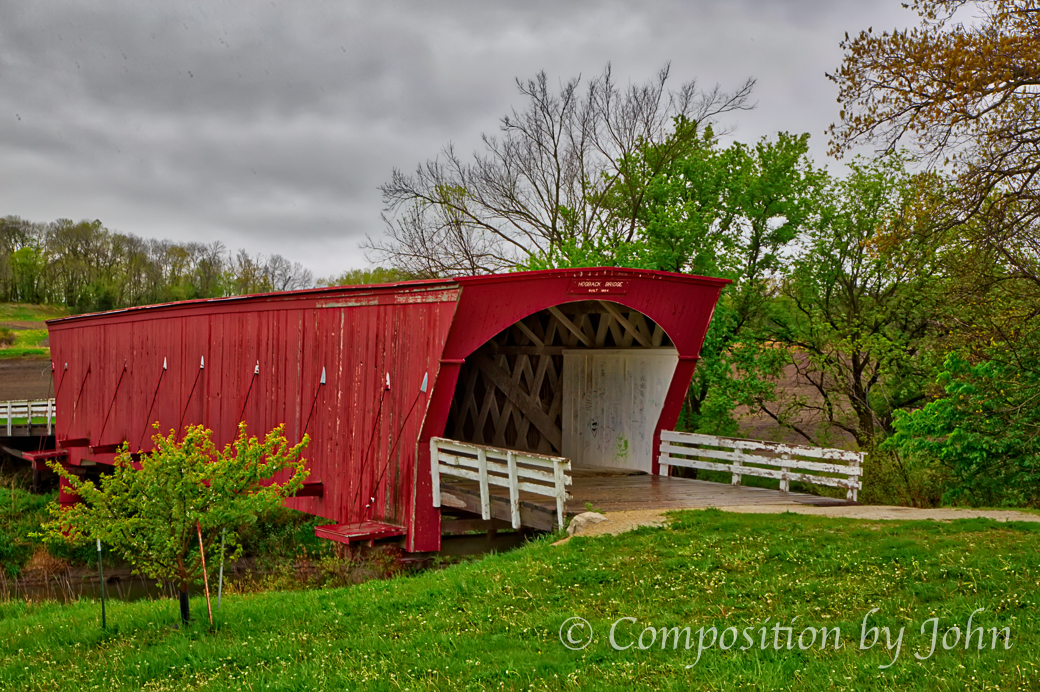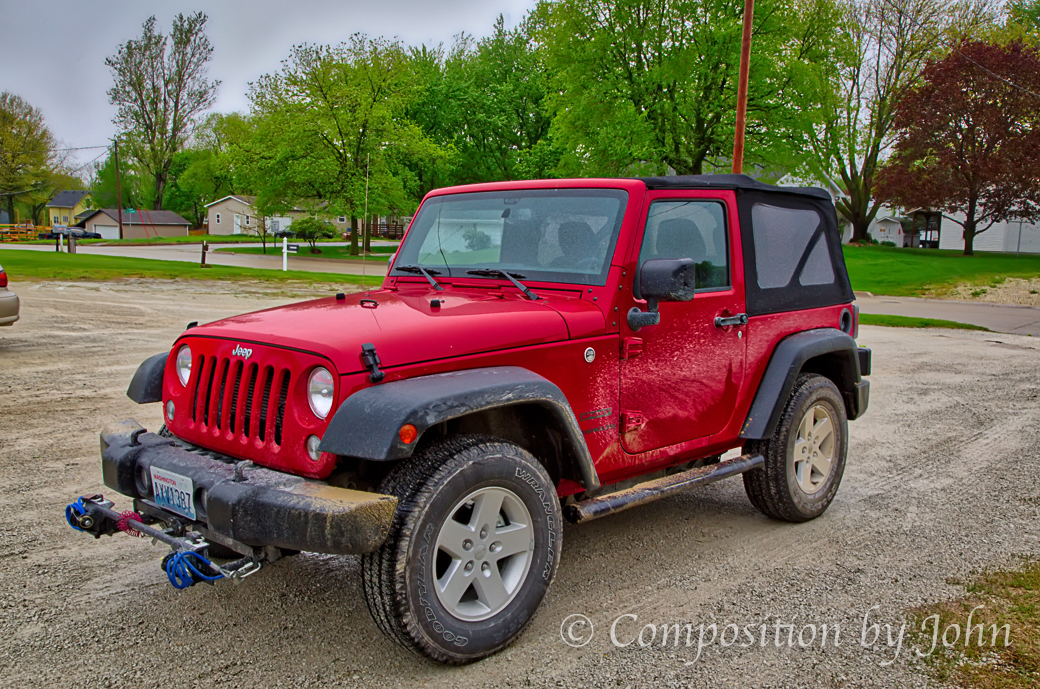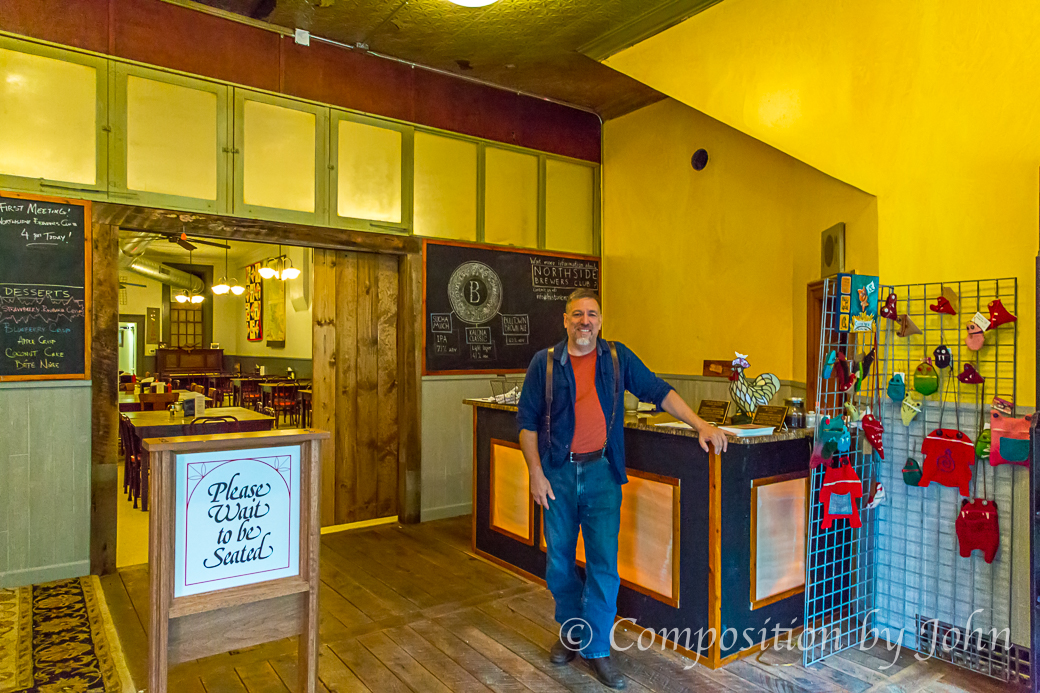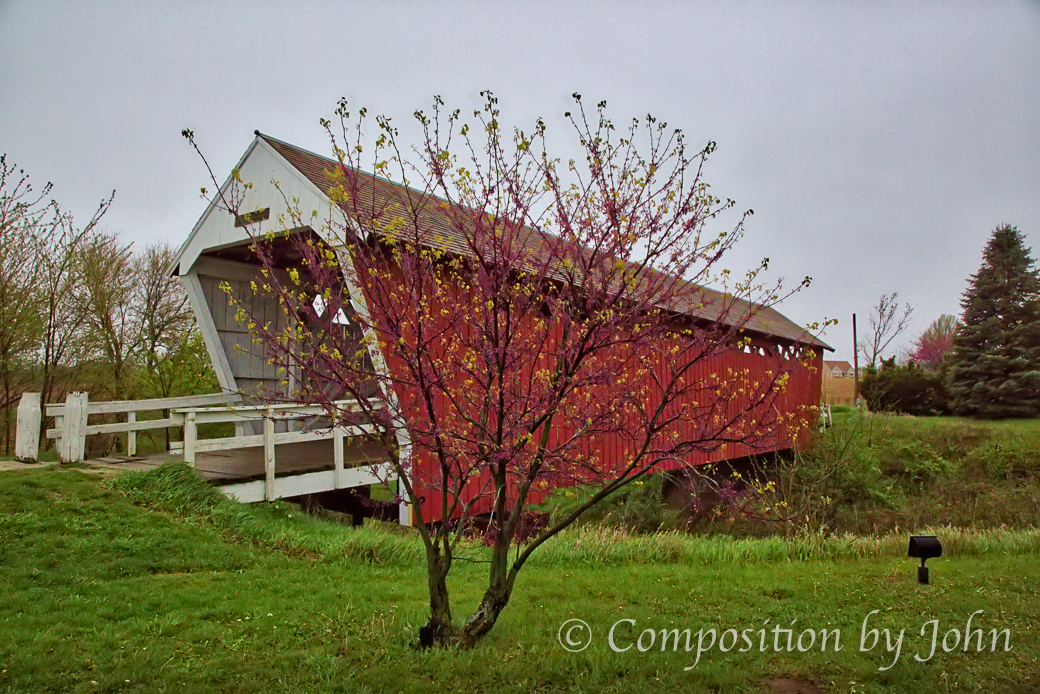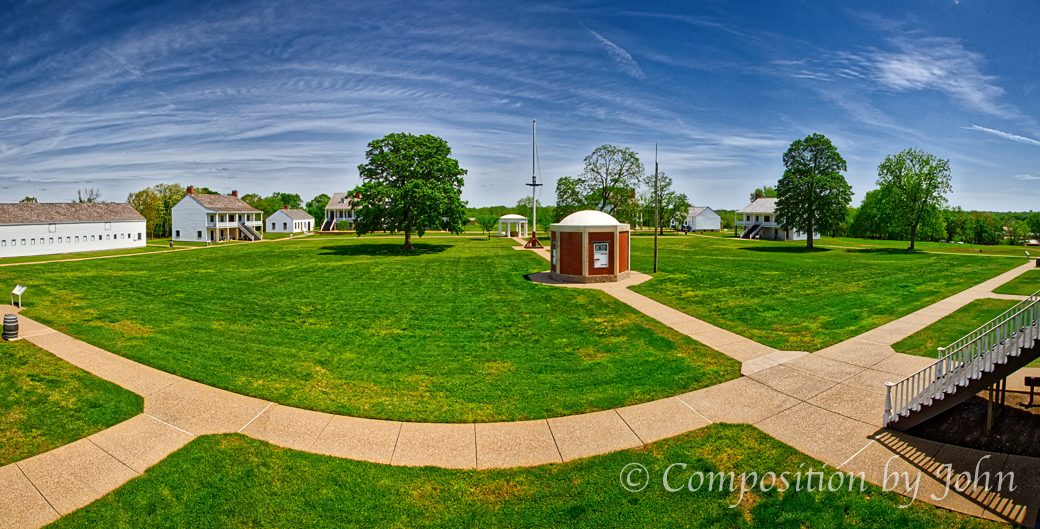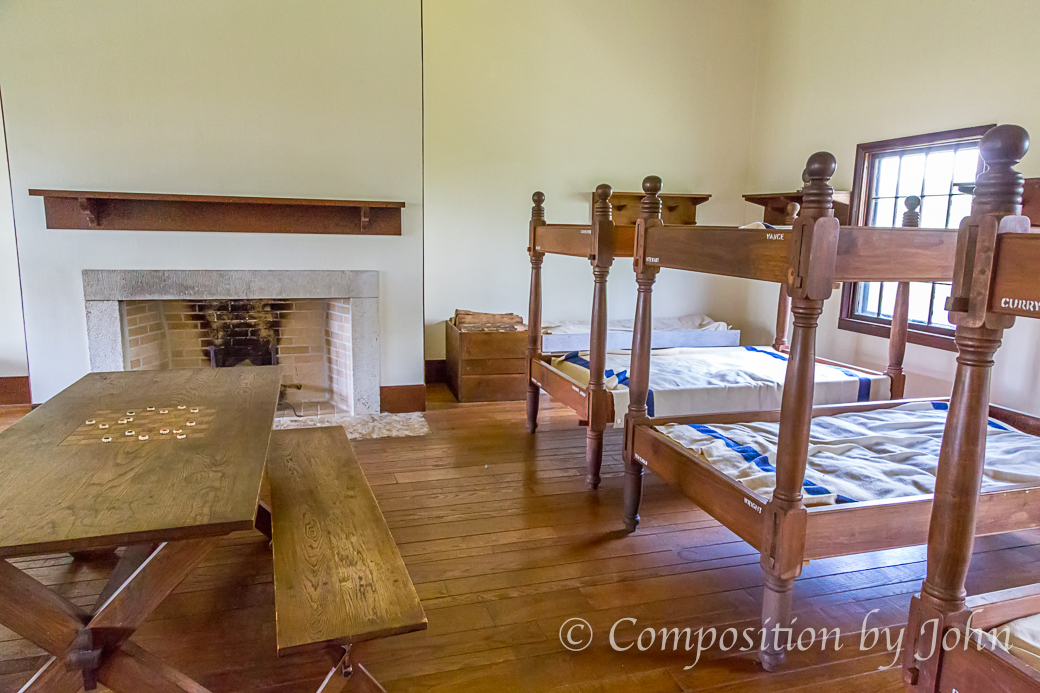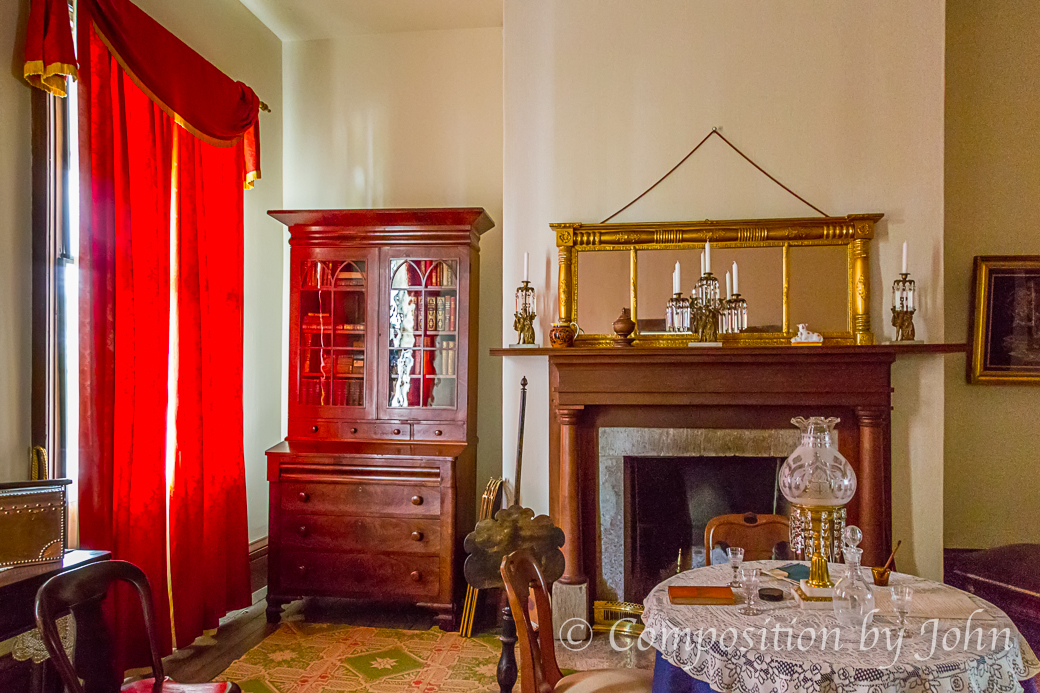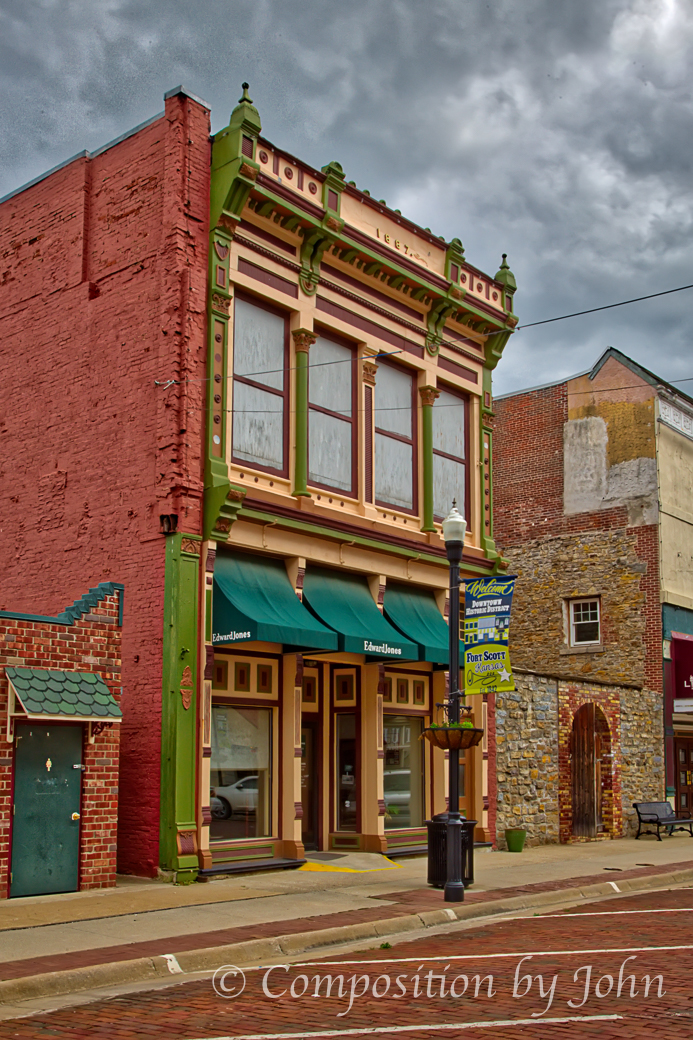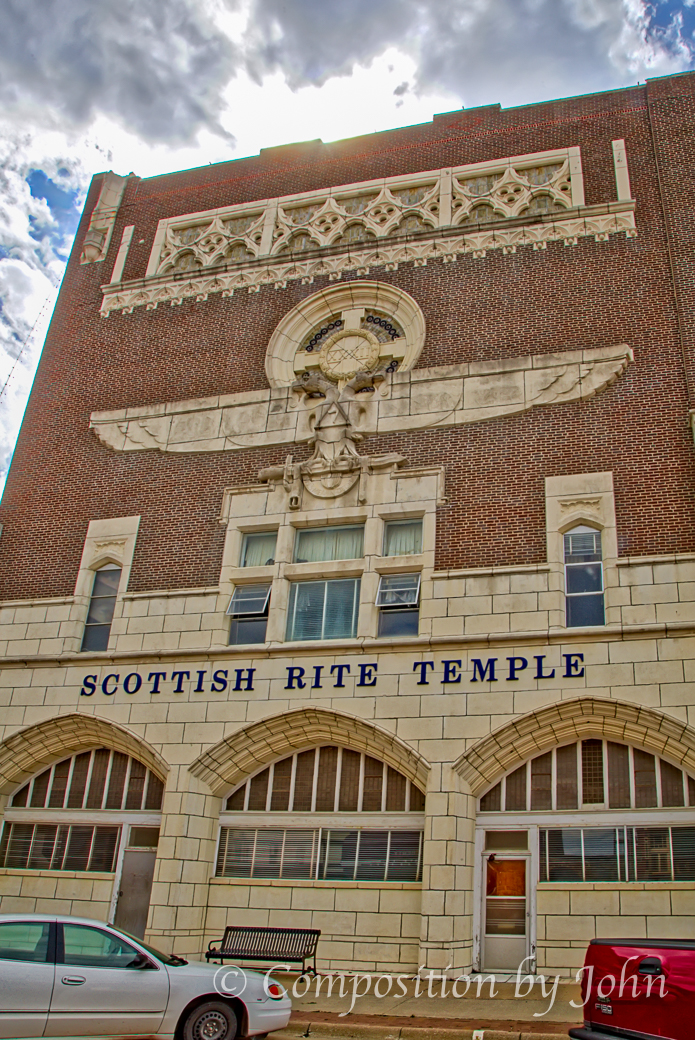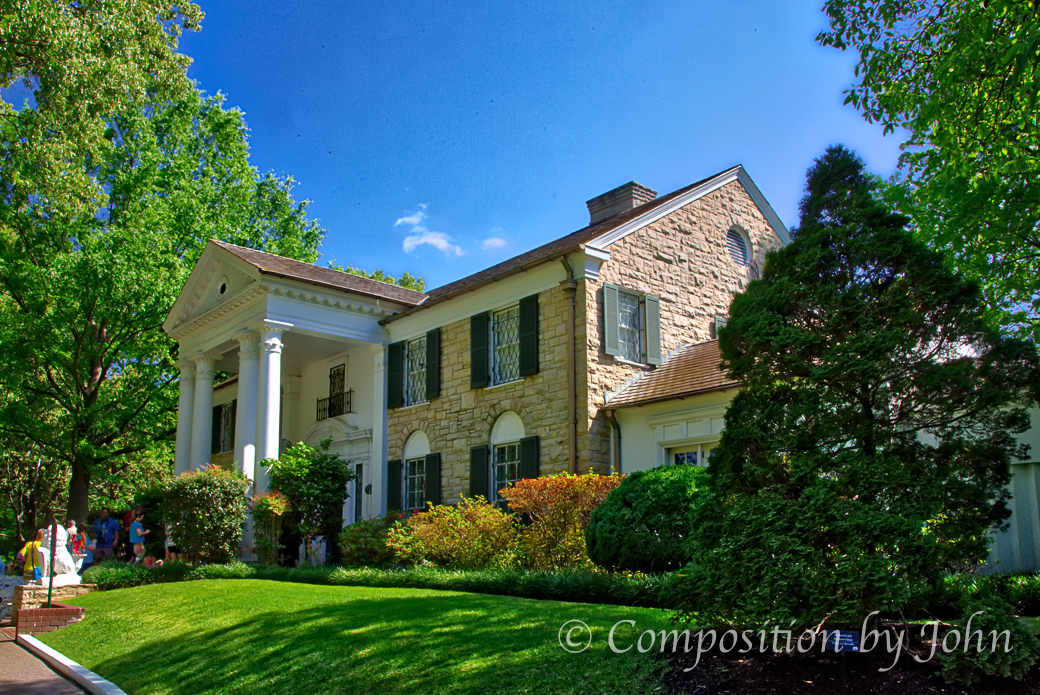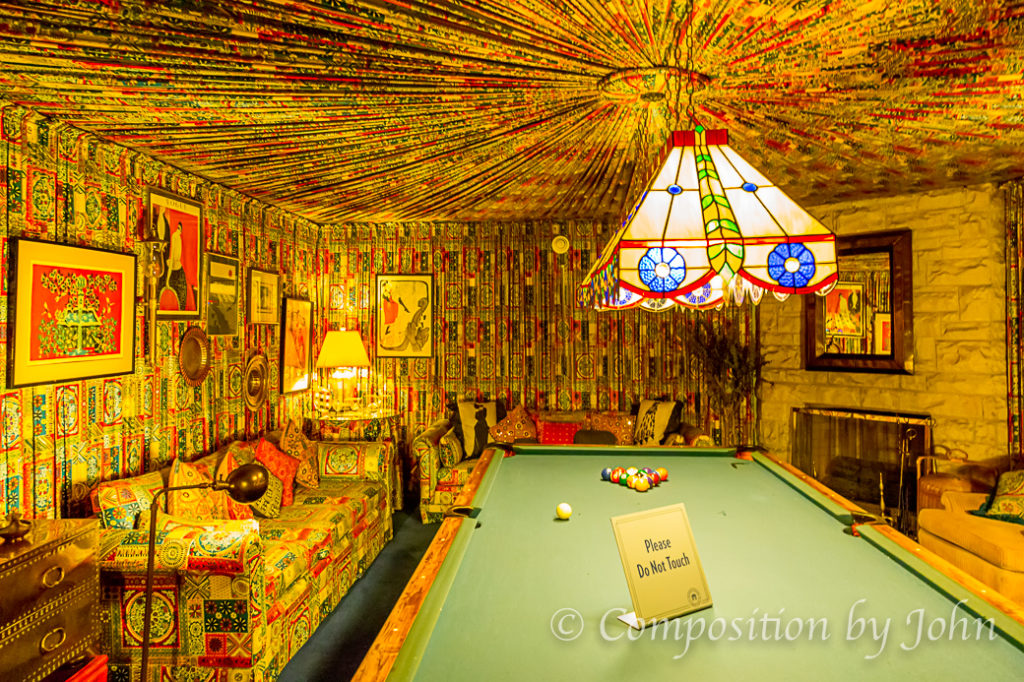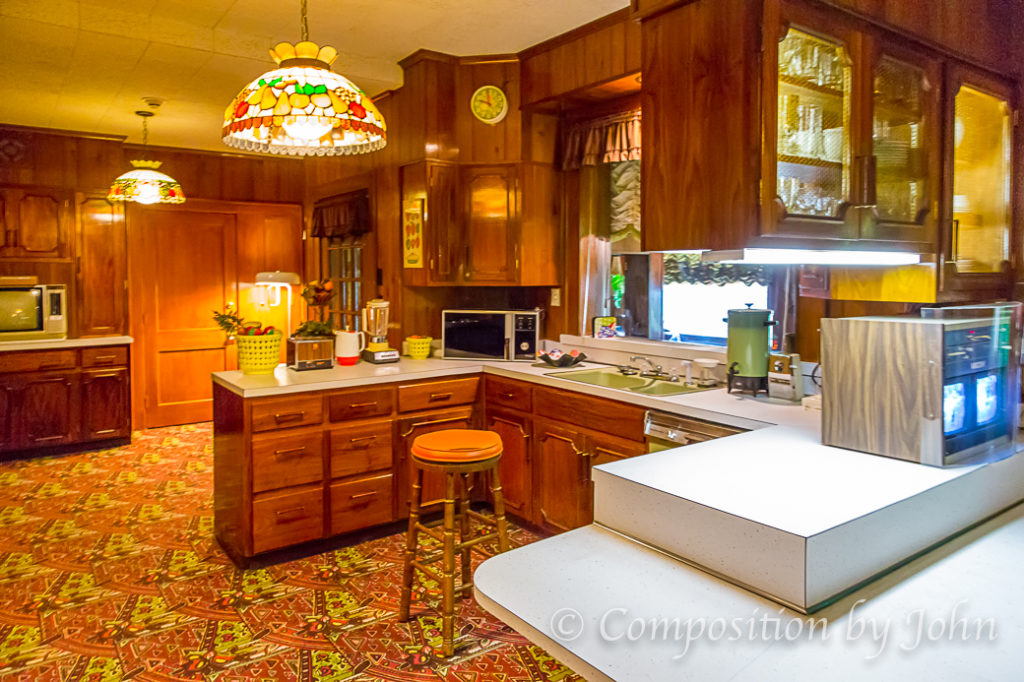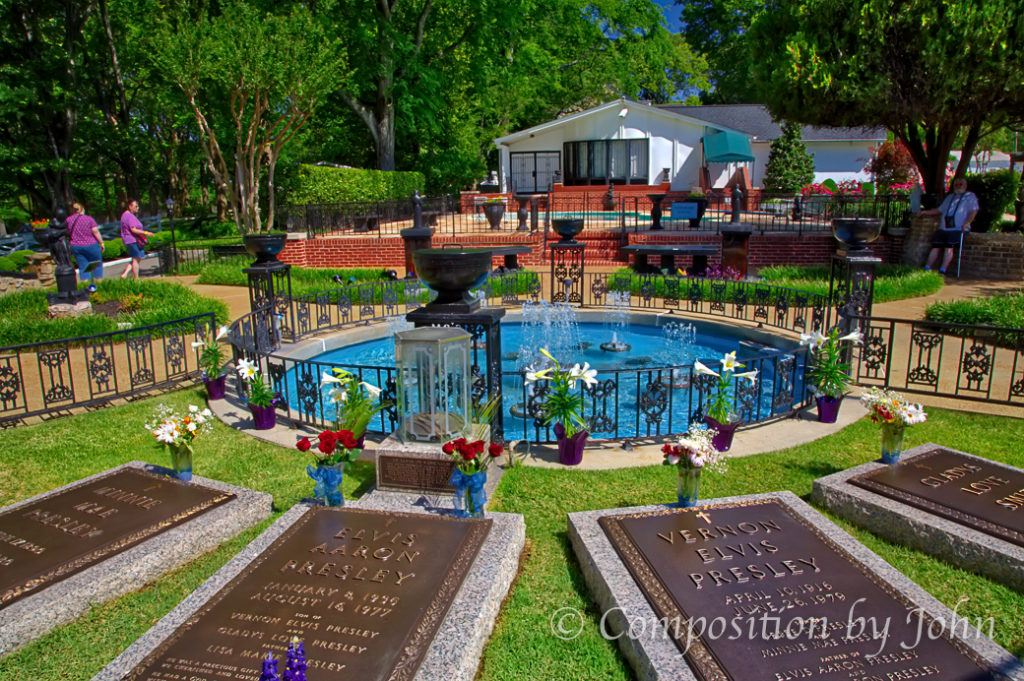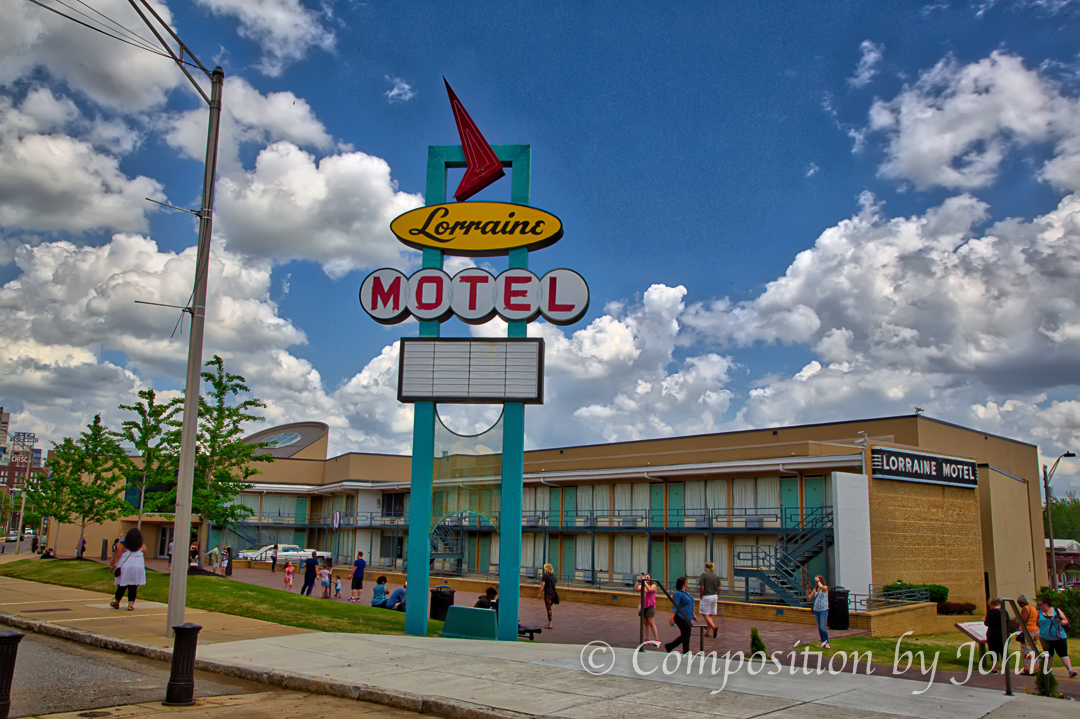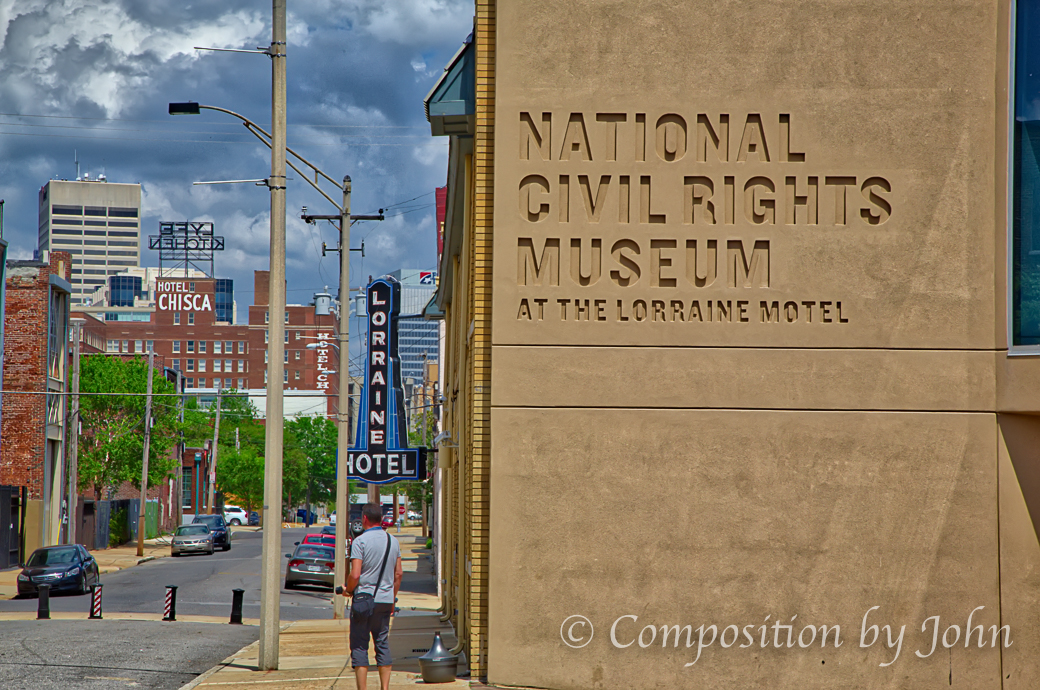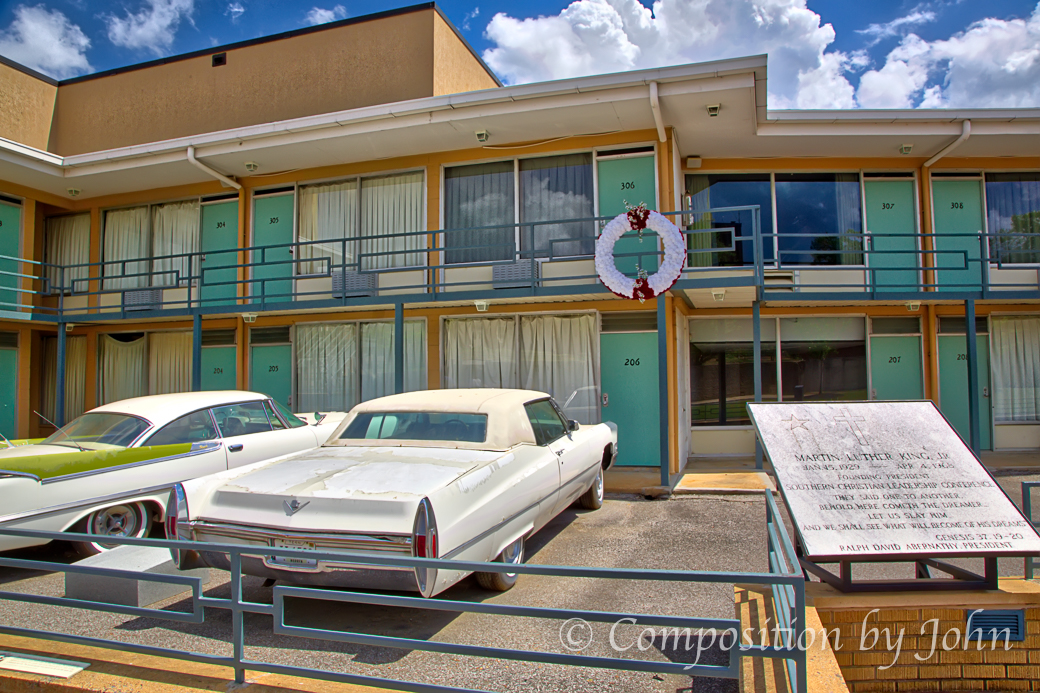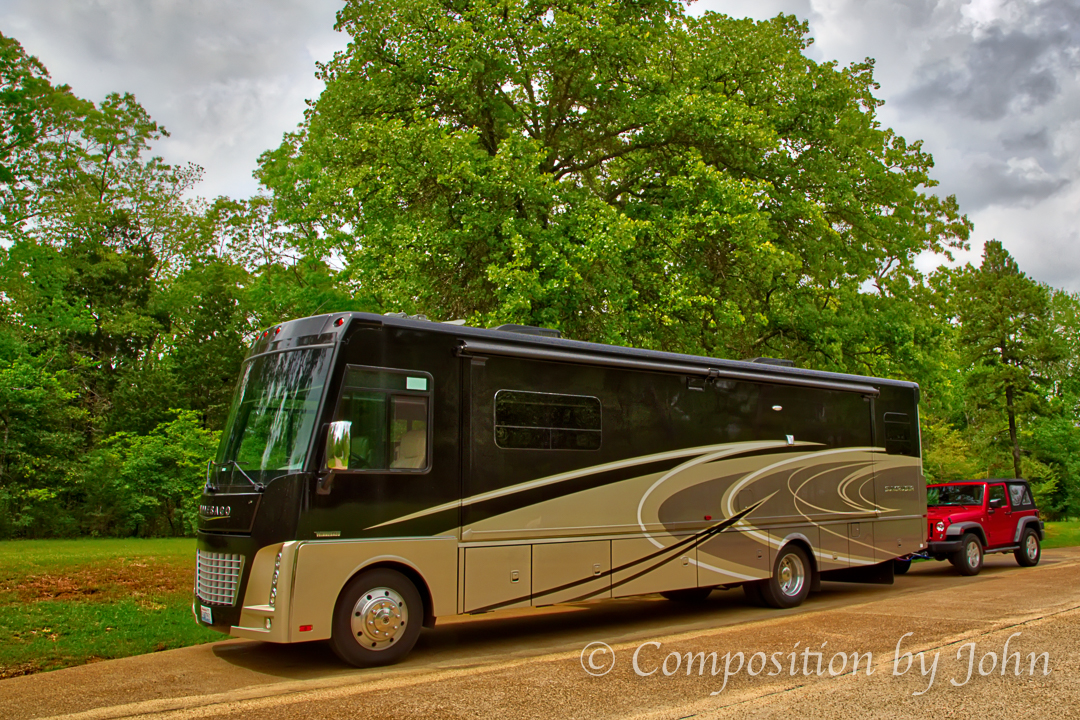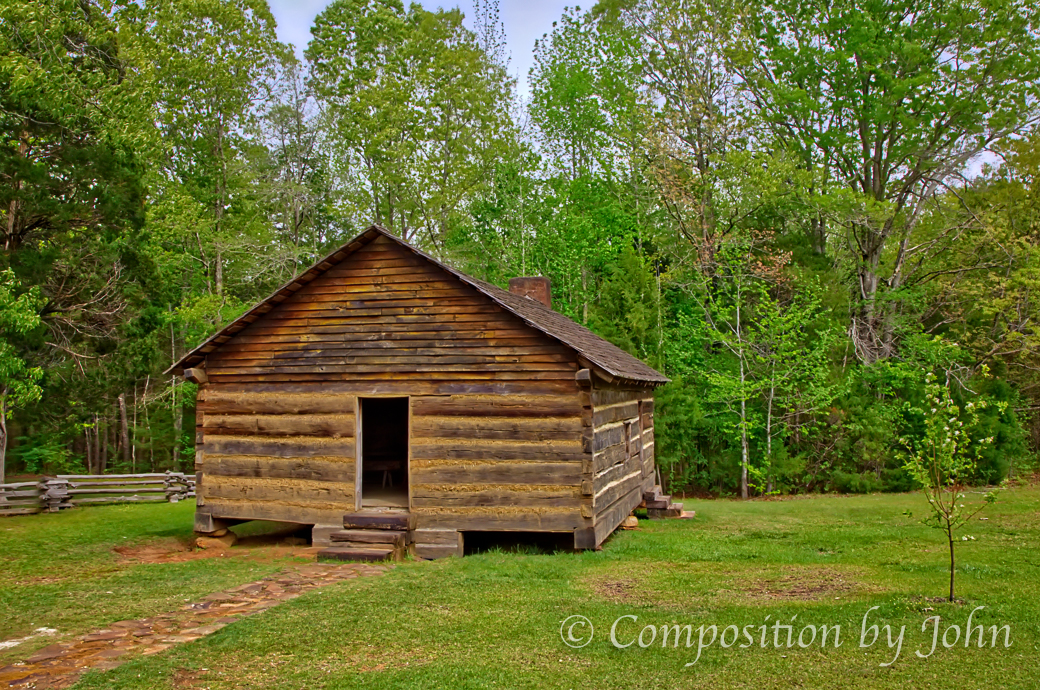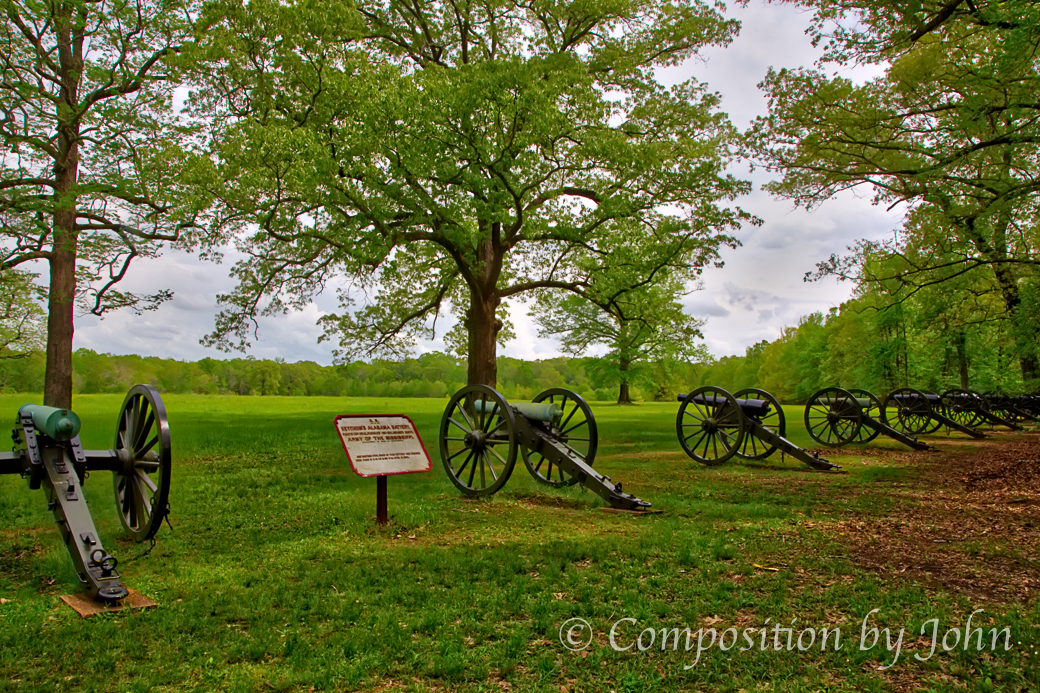I was gleeful arriving at Vicksburg National Military Park in Mississippi on a lovely day in May 2017! Roni chalked it up to my enthusiasm for yet another Civil War battlefield but it was more than that. Something about an opponent trapped in fixed position and surrounded makes for a different kind of battle. But beyond that, both sides (North and South) agreed this position gave a large strategic advantage to the side that controlled Vicksburg.
Major General Ulysses S. Grant led his Army of the Tennessee into Mississippi south of Vicksburg and took the capital Jackson. He moved west forcing Lt. General John C. Pemberton back towards Vicksburg with Union General William T. Sherman threatening the Confederates from the north. Pemberton dug in around Vicksburg hoping to be assisted by General Joseph E. Johnston but the help never came.
The warfare was brutal trench warfare with bombardments from canons and bullets from sharp shooters causing both sides to seek cover. The Union troops did a better job of concentrating canon fire to pick off Confederate canons when they fired.
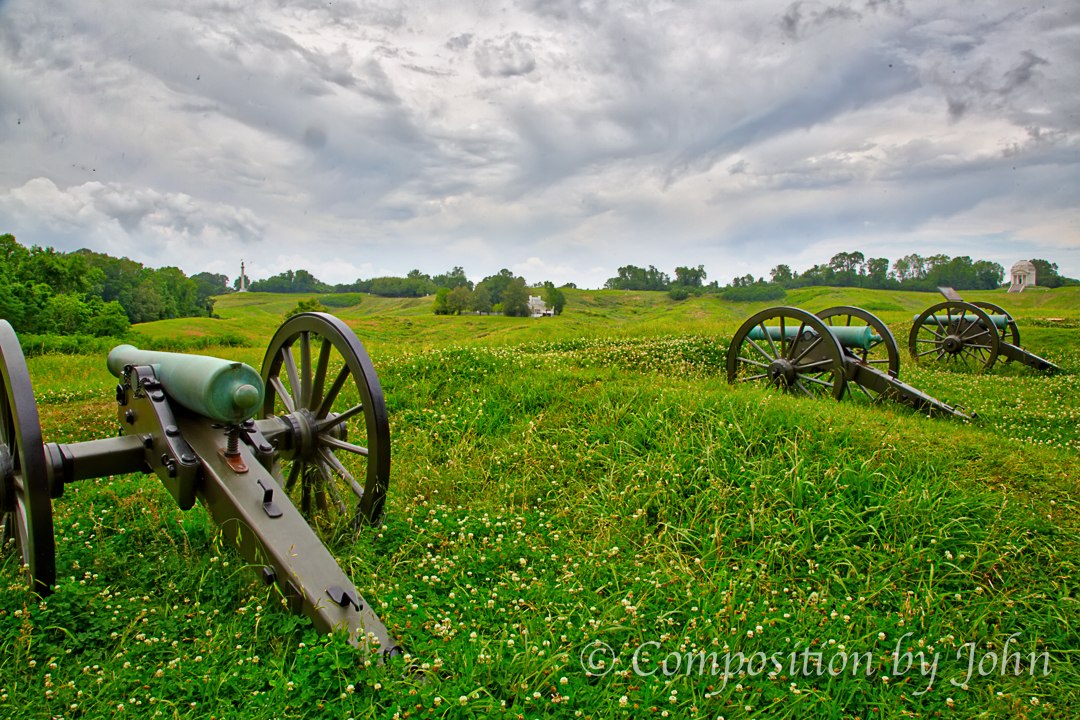
The battle was one of redans, redoubts, lunettes, salients, shebangs, trenches and tunnels with each soldier becoming an engineer to give his side an advantage. If you can read that sentence without looking up some of the terms, you are a more knowledgeable person than I 😉 The Confederates were trapped in Vicksburg and blunted every attempt of piercing their lines. The siege lasted for 47 days.
The Union soldiers dug entrenchments around the Confederate positions and then dug them closer and closer to the earthen shields protecting the confederates. At several points along the line the Union troops dug trenches up to the walls and then dug tunnels under them to plant thousands of pounds of dynamite. After the explosion the Union troops ran through the opening in the fortifications only to be pushed back.
This illustration shows how the trench was dug right up to the Confederate position.
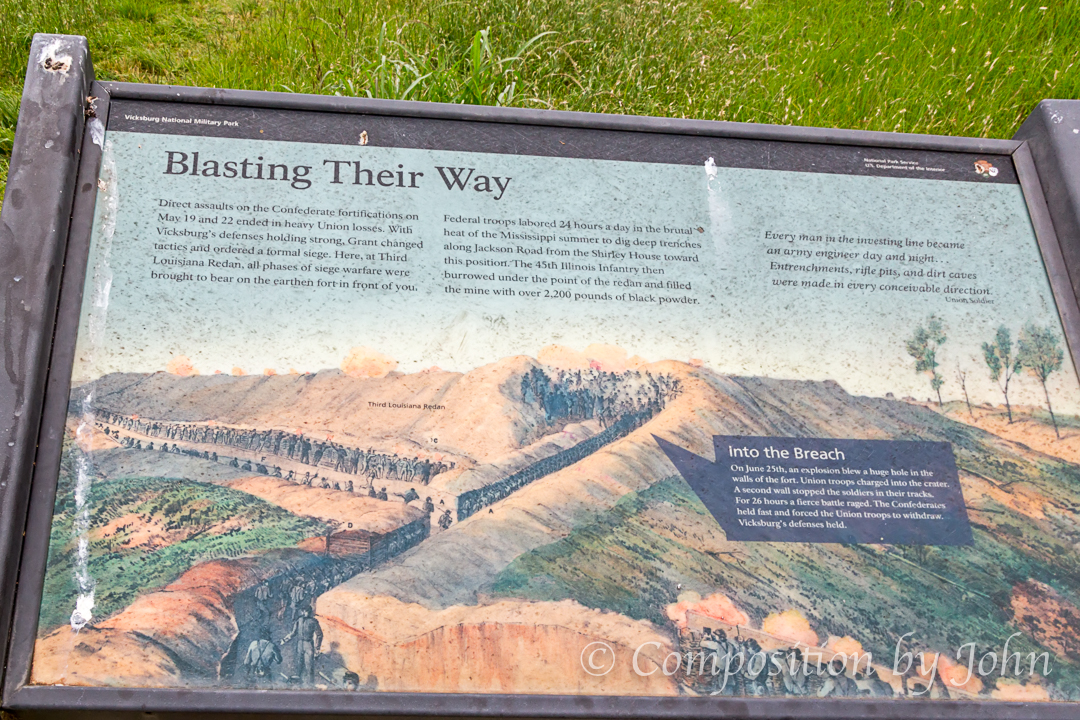
This picture shows the challenging topography the Union soldiers had to navigate with trenches to get to the Confederate fortifications.
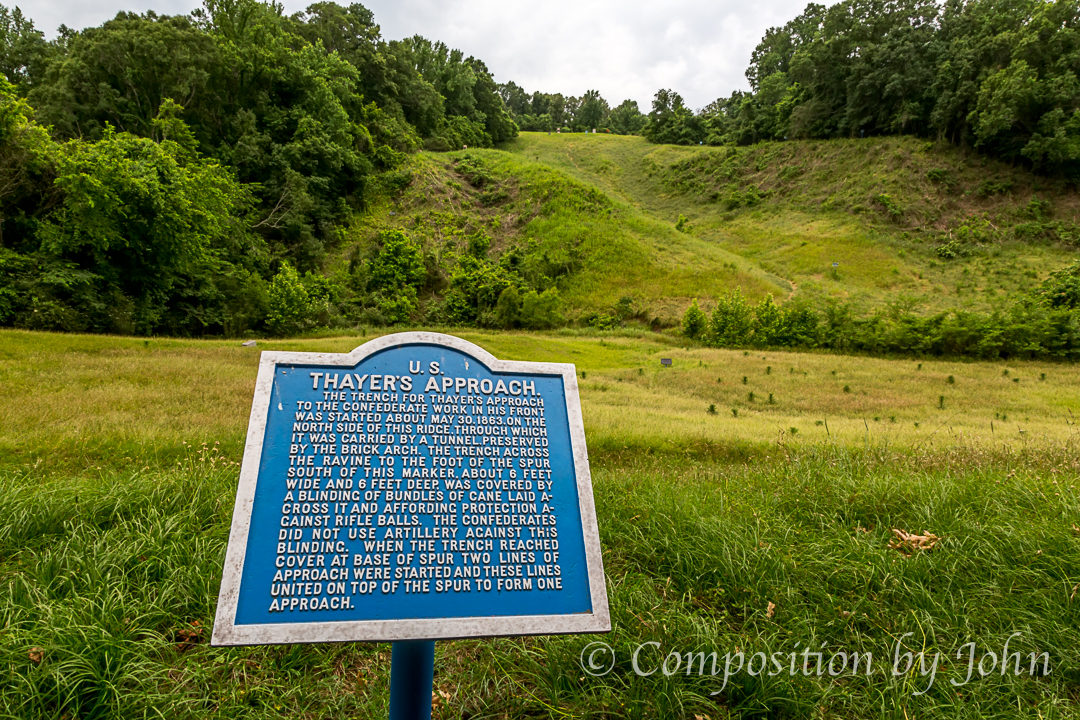
The Shirley’s were Union sympathizers and their house was in the midst of the sheltered Union soldiers facing the Confederate embattlements (obviously restored from the battle damage :).
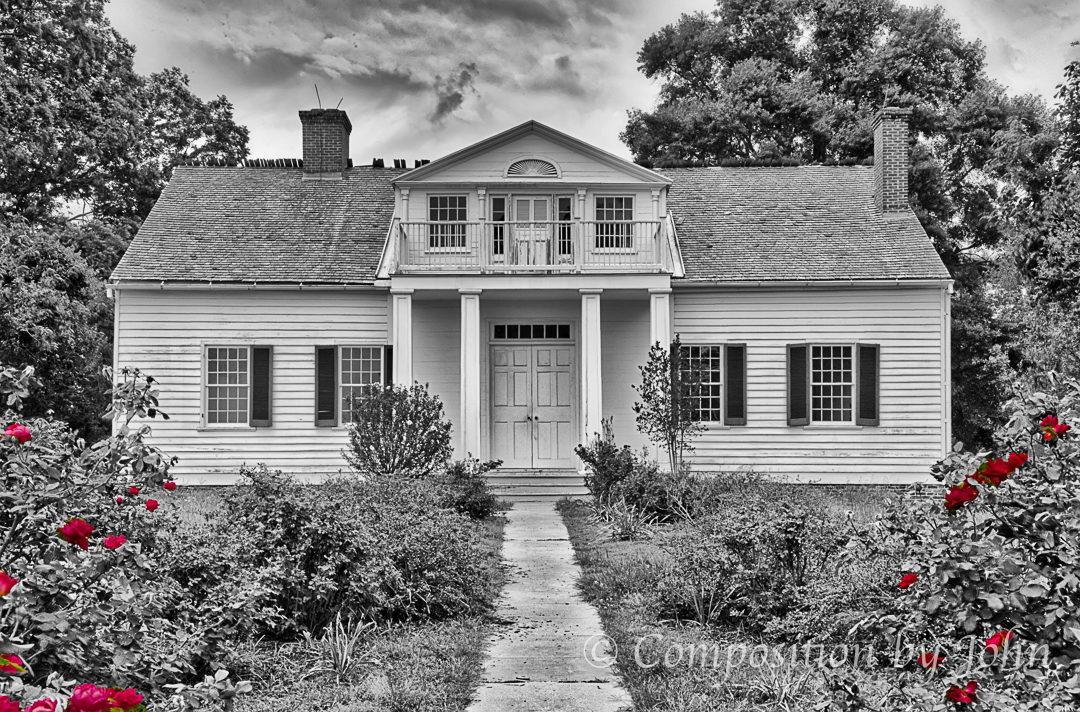
As usual, the National Park Service did an excellent job in pulling together a learning experience for anyone visiting the park.
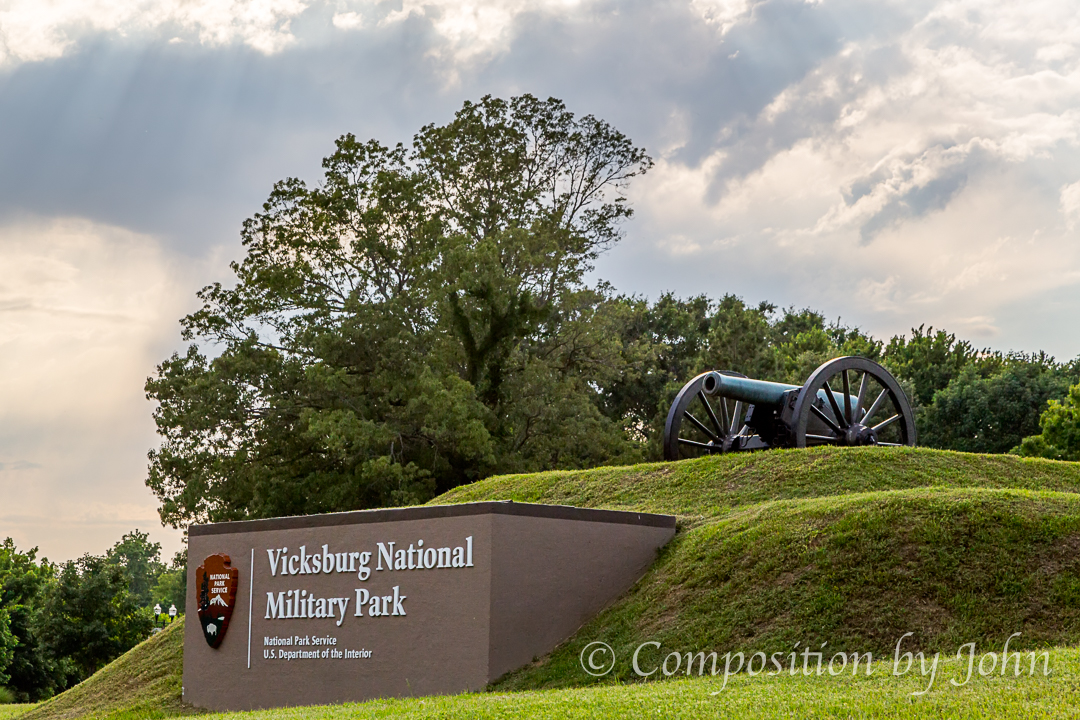
But that wasn’t all because at the end of the drive you find a partially resorted iron clad gun boat. The USS Cairo saw service on the Union side on the Mississippi and was the first ship ever sunk by an electrically detonated torpedo (really it was a mine but thats what they called them).
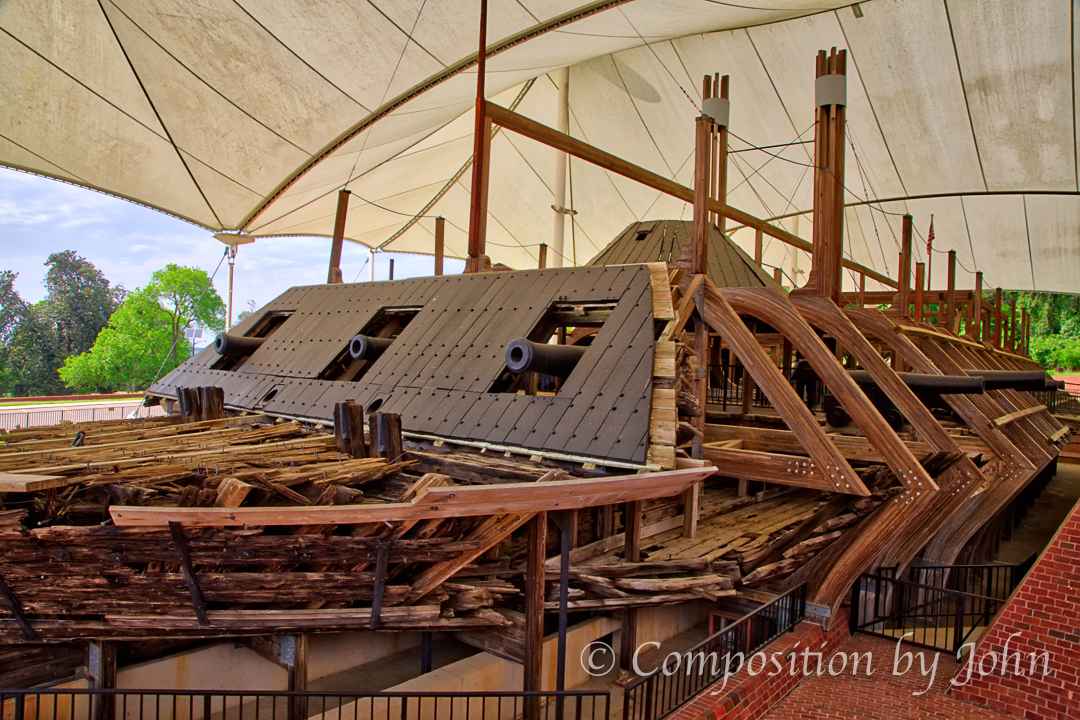
It sank in 36 feet of the Yazoo River and over time mud covered it to preserve the much of the original wood as well as the metal parts. Normally on trips around America you learn of ancient buried fossils but this was sunk in 1862. I was so excited to walk around and into the ship. They took such care in preserving and restoring the gunboat, a true testament to their dedication to history.
The Battle of Vicksburg took a terrible cost in lives on both sides but in the end the Confederates surrendered Vicksburg and the Union cleaved their land down the Mississippi making communications and supplies suffer greatly for the Confederate war effort. Now both Southerners and Northerners can walk the battlefield in peaceful thought to learn how our country has been shaped by the forces of conflict.
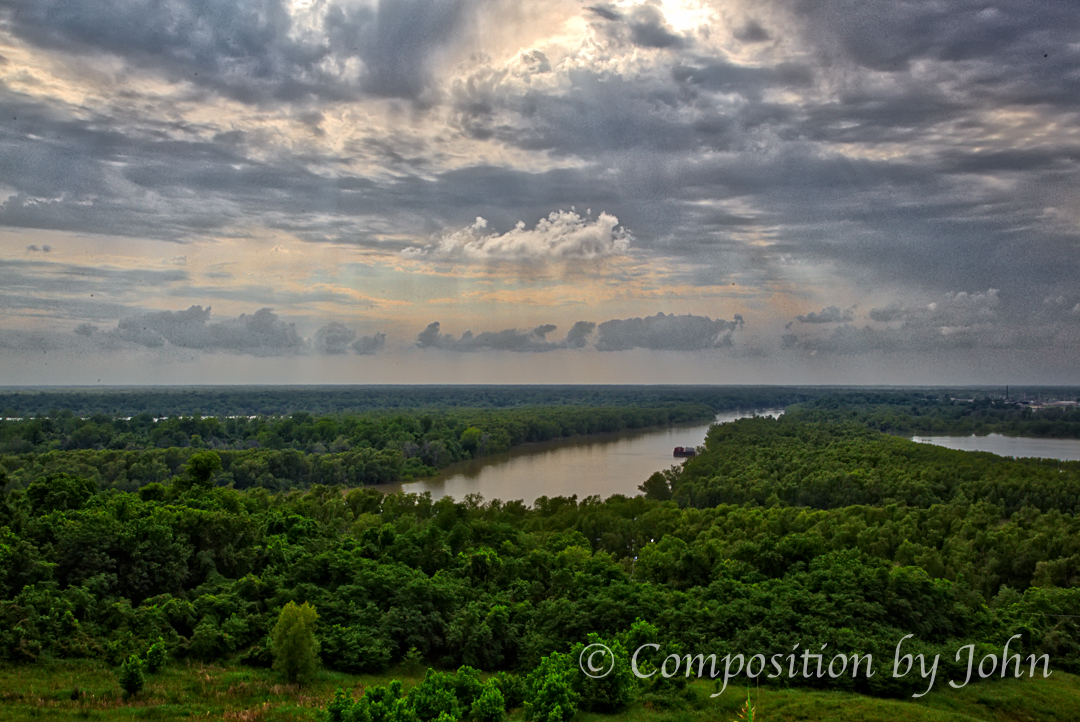
Thank you for reading our blog and please visit our complete gallery of photos athttp://compositionbyjohn.com or at http://facebook.com/compositionbyjohn.com
Roni and John are grateful for you exploring our precious venture with us.




